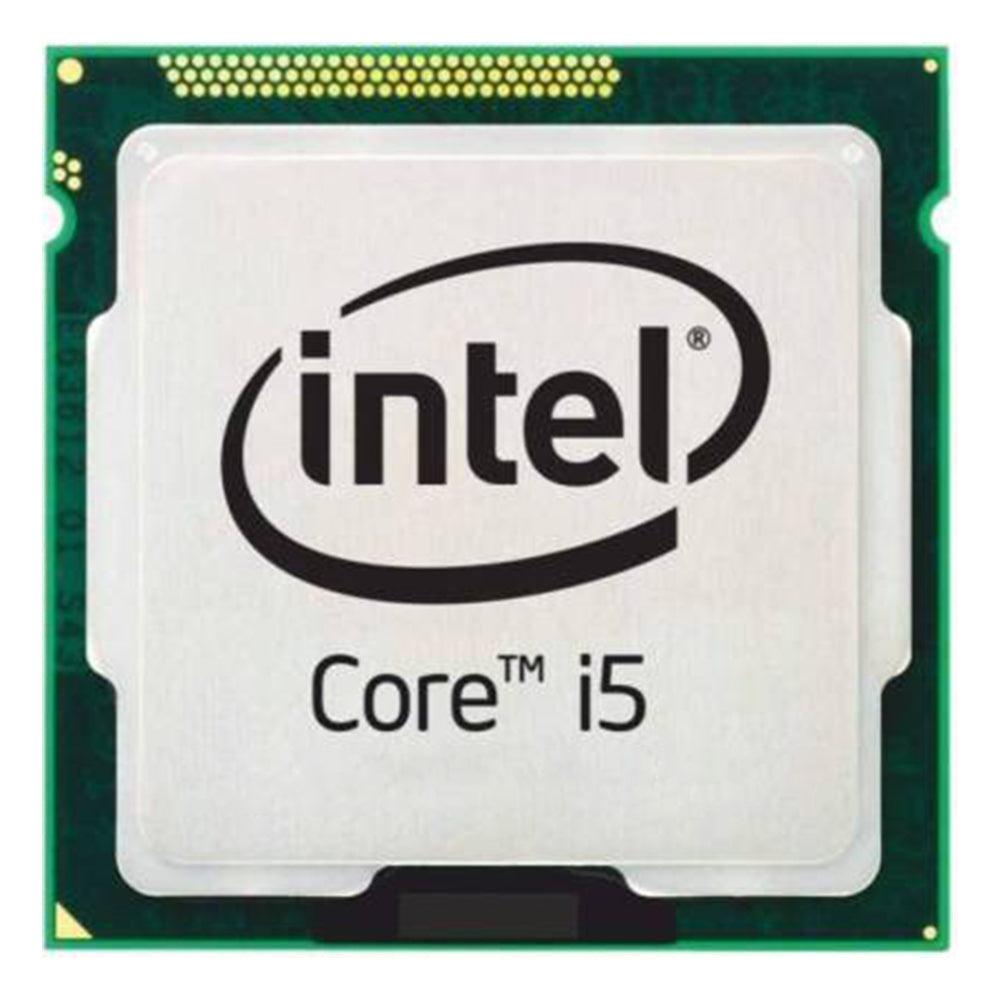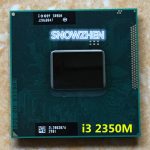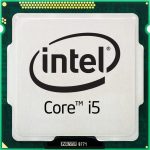The Intel Core i5-4590, integrated into the fourth generation of Intel’s Core lineup, has served many users well since its release in 2014. With a quad-core design, a base clock speed of 3.3 GHz, and the ability to boost up to 3.7 GHz, it remains a notable entry in Intel’s i5 family. But as technology continues to evolve, how does the i5-4590 compare with newer processors available today? This article will delve into the performance, architecture, and features of the Intel Core i5-4590, while examining how it stacks up against its modern counterparts.
Performance Metrics
Gaming Capabilities
For gamers, performance is often the most critical factor when choosing a processor. The Intel Core i5-4590 performs reasonably well with many games, especially older titles or those that are less demanding. Its quad-core architecture allows for decent multitasking, and most games during its time were designed to run efficiently on such hardware. Yet, newer games increasingly leverage more cores, pushing the need for multi-threaded performance. While the i5-4590 can handle many titles, it starts to struggle with modern games that require higher processing power and additional cores, often yielding lower frame rates and longer loading times.
Productivity Tasks
Beyond gaming, the i5-4590 also serves adequately for productivity tasks. Basic photo editing, document processing, and web browsing work smoothly. However, in the face of demanding applications like video editing or 3D rendering, older processors can fall short. Newer processors, like the i5-11600K or AMD Ryzen 5 5600X, offer superior performance with increased core counts and advanced architecture, resulting in significantly faster completion times for intensive tasks. In summary, if your workload is centered around everyday applications and casual gaming, the i5-4590 still holds some value. Yet, those who require speedier performance for creative work should consider upgrading.
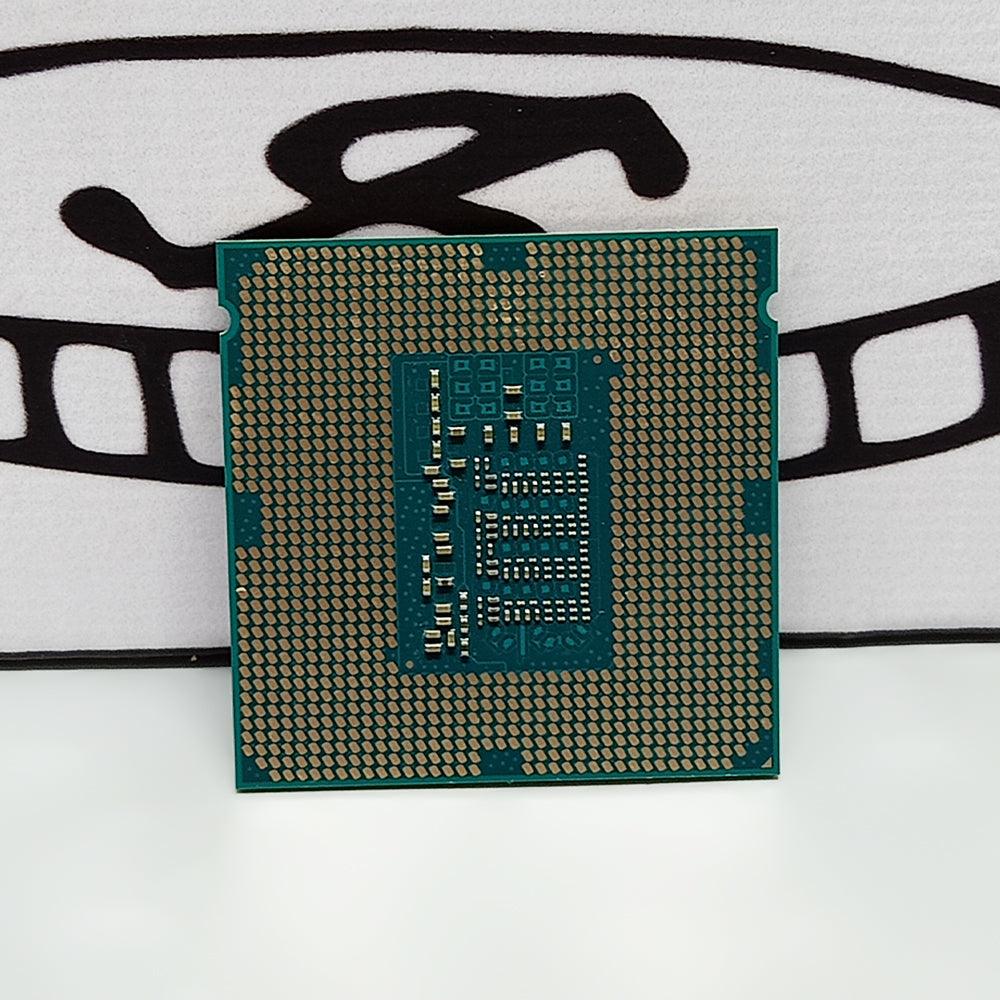
Architecture and Technology
Socket and Compatibility
The Intel Core i5-4590 uses the LGA 1150 socket, compatible with older motherboards. While it can be a more affordable option for those maintaining existing hardware, it limits future upgrade paths. Newer processors, like the 11th Gen Intel Core (Rocket Lake) series, use the LGA 1200 socket or even the newer LGA 1700 socket in the latest Alder Lake processors. This change in socket design means that users would need to invest in new motherboards to accommodate newer chips, which can raise the overall cost of upgrading.
Manufacturing Process
Manufacturing processes have significantly improved since the release of the i5-4590. Produced on a 22nm process, the i5-4590 makes way for newer CPUs that often utilize a 14nm, 10nm, or even 7nm manufacturing processes. This shift not only leads to better power efficiency but also permits higher clock speeds and improved thermal performance. For instance, the newer processors are capable of achieving higher frequencies while using less power and generating less heat. Such advancements in technology significantly enhance overall performance and longevity.
Power Consumption and Thermal Performance
Efficiency Ratings
The Intel Core i5-4590 has a Thermal Design Power (TDP) of 84 watts. While this is reasonable for its time, it can be less efficient when compared to modern processors, many of which offer superior performance at lower TDP ratings. For example, AMD’s Ryzen 5 5600X boasts a TDP of just 65 watts while delivering excellent performance in both gaming and productivity tasks. Lower power consumption translates to less heat generation, which is critical in maintaining overall system stability and performance over time.
Cooling Solutions
Over the years, Intel’s stock coolers have developed, but the i5-4590 traditionally came with a basic cooling solution. Users seeking optimal thermal performance often needed to invest in aftermarket coolers to prevent overheating and ensure consistent performance. Modern processors frequently come with more advanced cooling solutions or are compatible with a variety of third-party coolers, making it easier for users to maintain adequate temperatures even while overclocking. This feature emphasizes the importance of thermal management in high-performance systems.
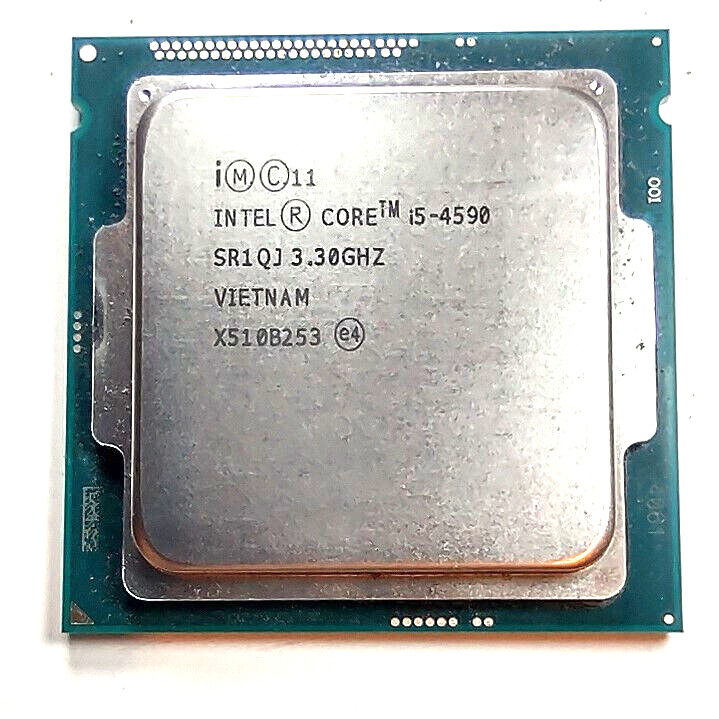
Integrated Graphics
Intel HD Graphics 4600
The Intel Core i5-4590 features integrated Intel HD Graphics 4600. This option allows for basic gaming and video playback, serving users who may not want to invest in a discrete GPU. While fine for casual use, such as browsing or streaming video, its graphics performance leaves much to be desired for modern gaming. Users aiming for serious gaming or graphical work would benefit from a dedicated graphics card, especially with newer games that demand higher graphical fidelity.
Comparison with Newer Integrated Solutions
In contrast, more recent processors feature integrated graphics that can handle many modern gaming demands. For example, the Intel Core i5-11600K comes with Intel UHD Graphics 750, which supports a broader range of gaming options and features like hardware-accelerated AV1 decode. These improvements can be a game-changer for casual gamers or those on a budget who still want to experience competitive gaming without investing heavily in a GPU.
Price-to-Performance Ratio
Budget Considerations
One of the strong points of the i5-4590 is its cost-effectiveness. As a used or refurbished component, it offers excellent value for budget-conscious users looking to perform basic tasks and casual gaming. This affordability can be appealing for individuals wanting to set up a low-cost system for home use without breaking the bank. However, those seeking the best price-to-performance ratio in today’s market will often find that investing slightly more in a newer processor yields benefits that extend well beyond just raw performance.
Long-Term Investment
While the i5-4590 may seem appealing due to its low initial cost, users should consider long-term efficiency. Newer processors provide longer support periods, compatibility with advanced technologies, and better performance for contemporary applications. Investing in a more recent model demonstrates a clearer commitment to future-proofing your system, ensuring you won’t need to upgrade as frequently. Making a long-term choice can save money over time, even if the upfront costs are higher.
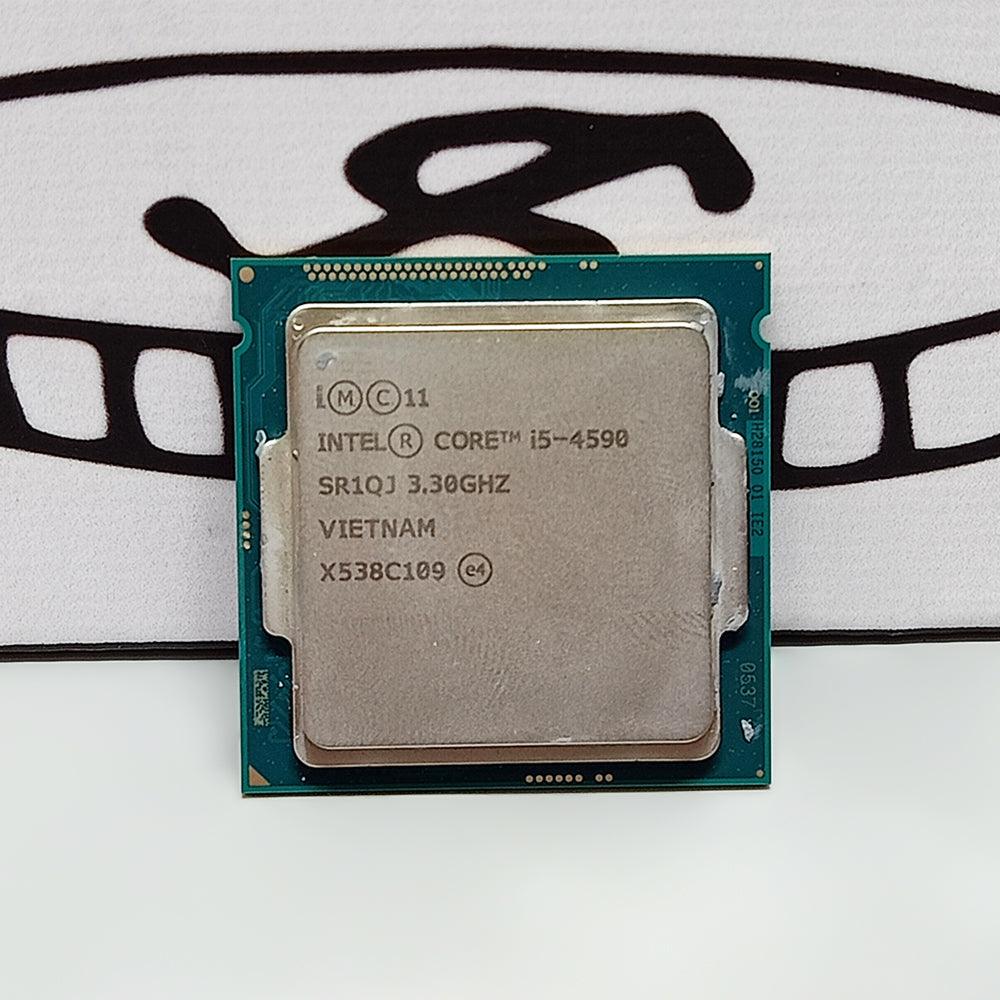
Upgrade Paths
Limited Options with the i5-4590
Upgrading from an Intel Core i5-4590 can be somewhat limiting. If you stick with the LGA 1150 socket, options are scarce, and most newer processors will not fit. The stagnation means that users already on this platform may feel trapped if they want to maintain the same motherboard brand. This limitation restricts access to the latest technology advancements, including support for faster memory, better PCIe architecture, and enhanced power delivery.
Newer Platforms and Flexibility
Conversely, newer processors offer a broader range of upgrade possibilities. Moving to LGA 1200 or LGA 1700 opens doors to numerous CPU choices, allowing users to adopt optimized features as they become available. Additionally, new platforms often come with improved chipset capabilities, catering to advanced memory types, PCIe 4.0 or 5.0, and other key advancements that can boost the performance of the overall system. This flexibility gives users the freedom to adapt their builds in response to ongoing needs and requirements.
Future-Proofing Your System
Understanding Technology Trends
As demand for high-performance computing rises, future-proofing your system has never been more crucial. While the Intel Core i5-4590 served users well for several years, it’s important to recognize and embrace the advancements in processor technology. Power-efficient designs, improved thread counts, and increased core efficiency enable newer CPUs to deliver better performance in real-world applications. For users who intend to keep their systems current, investing in newer technology becomes essential.
Planning for Upcoming Needs
Looking ahead involves considering your specific computing needs, whether for gaming, productivity, or content creation. Those who might benefit from higher multitasking capabilities should weigh the advantages provided by newer processors, which typically offer better support for multiple threads and more efficient power usage. Engaging in research about upcoming applications or gaming requirements can provide valuable insight into the direction your system should take.
Conclusion
The Intel Core i5-4590 has proven itself as a reliable processor during its time, capable of handling various tasks with reasonable efficiency. However, as technology progresses, it’s essential to evaluate how it stacks up against newer processors in today’s fast-paced environment. From superior performance metrics and power consumption to the ability to future-proof your system, newer processors present compelling benefits that may warrant an upgrade sooner rather than later.
For users determined to maintain a competitive and functional computing experience, investing in newer processors will offer the performance upgrades necessary to meet both current and future demands. Assessing your specific needs, considering technology trends, and understanding the importance of power efficiency can help you make informed decisions about your computing investment moving forward. Whether sticking with the reliable i5-4590 or seeking something more current, the key is to choose a processor that aligns with your aspirations and requirements.
